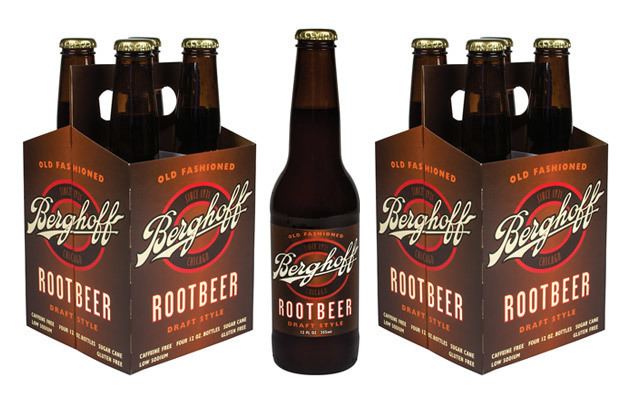 | ||
Similar Ice cream float, Cream soda, Ginger ale, Lemonade, Ginger beer | ||
Root beer ribs recipe spicy lamb ribs glazed with root beer and sesame
Root beer is a sweet soda traditionally made using the sassafras tree Sassafras albidum (sassafras) or the vine Smilax ornata (sarsaparilla) as the primary flavor. Root beer may be alcoholic or non-alcoholic, come naturally decaffeinated or have caffeine added, and carbonated or non-carbonated. It usually has a thick, foamy head when poured. Modern, commercially produced root beer is generally sweet, foamy, carbonated, nonalcoholic, and flavoured using artificial sassafras flavouring. Sassafras root is still used to flavor traditional root beer, although since sassafras was banned by the U.S. Food and Drug Administration because of the carcinogenicity of its constituent safrole, most commercial recipes do not contain sassafras. Some commercial root beers do use a safrole-free sassafras extract.
Contents
- Root beer ribs recipe spicy lamb ribs glazed with root beer and sesame
- Virgil s root beer food factory tv
- History
- Traditional method
- Ingredients
- Roots and herbs
- Foam
- Spices
- Other ingredients
- References
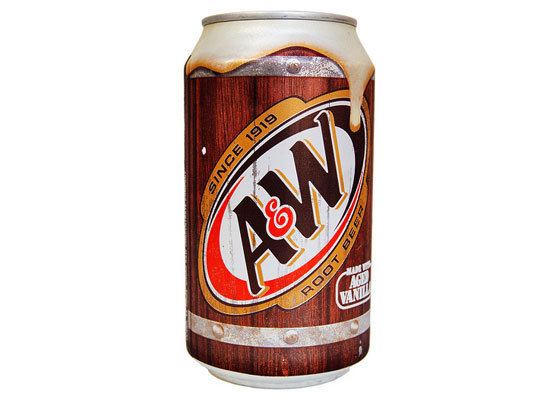
Virgil s root beer food factory tv
History
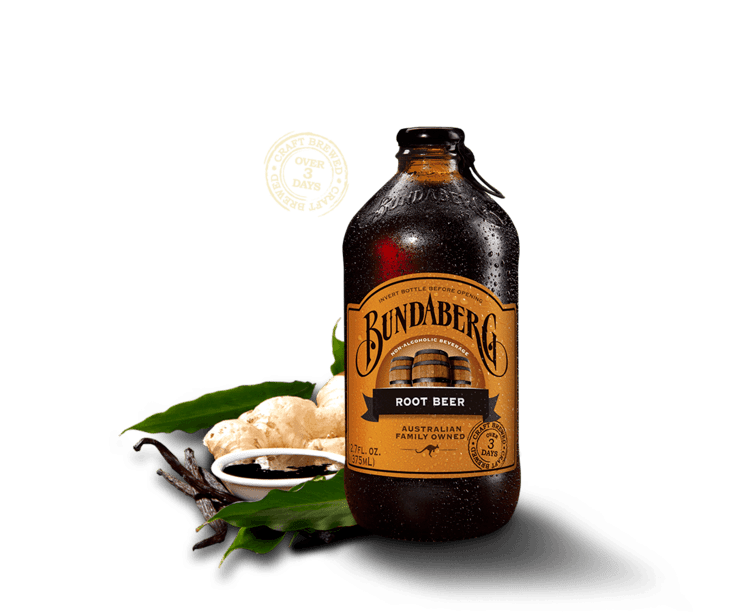
Sassafras root beverages were made by Native Americans for culinary and medicinal reasons before the arrival of Europeans in North America, but European culinary techniques have been applied to making traditional sassafras-based beverages similar to root beer since the 16th and 17th centuries. Root beer was sold in confectionery stores since the 1840s, and written recipes for root beer have been documented since the 1860s. It possibly was combined with soda as early as the 1850s, and root beer sold in stores was most often sold as a syrup rather than a ready-made beverage. The tradition of brewing root beer is thought to have evolved out of other small beer traditions that produced fermented drinks with very low alcohol content that were thought to be healthier to drink than possibly tainted local sources of drinking water, and enhanced by the medicinal and nutritional qualities of the ingredients used. Beyond its aromatic qualities, the medicinal benefits of sassafras were well known to both Native Americans and Europeans, and druggists began marketing root beer for its medicinal qualities.

Pharmacist Charles Elmer Hires was the first to successfully market a commercial brand of root beer. Hires developed his root tea made from sassafras in 1875, debuted a commercial version of root beer at the Philadelphia Centennial Exposition in 1876, and began selling his extract. Hires was a teetotaler who wanted to call the beverage "root tea". However, his desire to market the product to Pennsylvania coal miners caused him to call his product "root beer", instead. In 1886, Hires began to bottle a beverage made from his famous extract. By 1893, root beer was distributed widely across the United States. Non-alcoholic versions of root beer became commercially successful, especially during Prohibition.
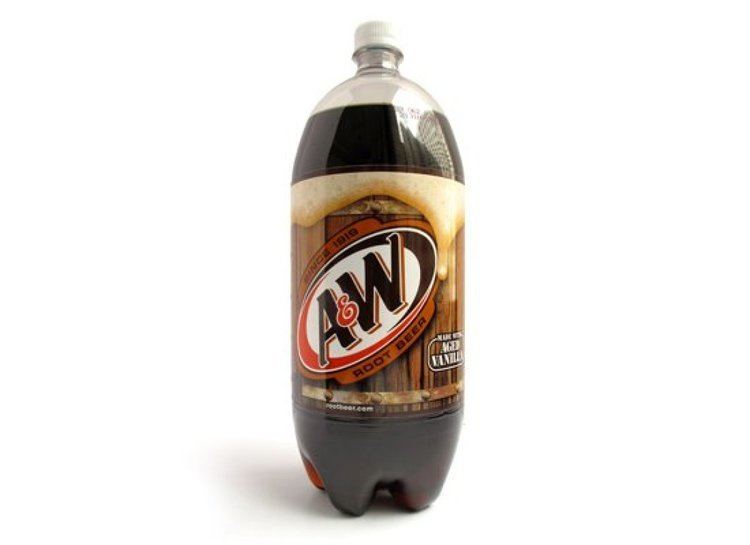
Not all traditional or commercial root beers were sassafras-based. One of Hires's early competitors was Barq's, which began selling its sarsaparilla-based root beer in 1898 and was labeled simply as "Barq's". In 1919, Roy Allen opened his root-beer stand in Lodi, California, which led to the development of A&W Root Beer. One of Allen's innovations was that he served his homemade root beer in cold, frosty mugs. IBC Root Beer is another brand of commercially produced root beer that emerged during this period and is still well-known today.
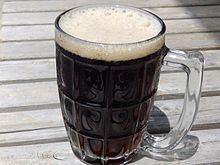
Safrole, the aromatic oil found in sassafras roots and bark that gave traditional root beer its distinctive flavour, was banned for commercially mass-produced foods and drugs by the FDA in 1960. Laboratory animals that were given oral doses of sassafras tea or sassafras oil that contained large doses of safrole developed permanent liver damage or various types of cancer. While sassafras is no longer used in commercially produced root beer and is sometimes substituted with artificial flavors, natural extracts with the safrole distilled and removed are available.
Traditional method
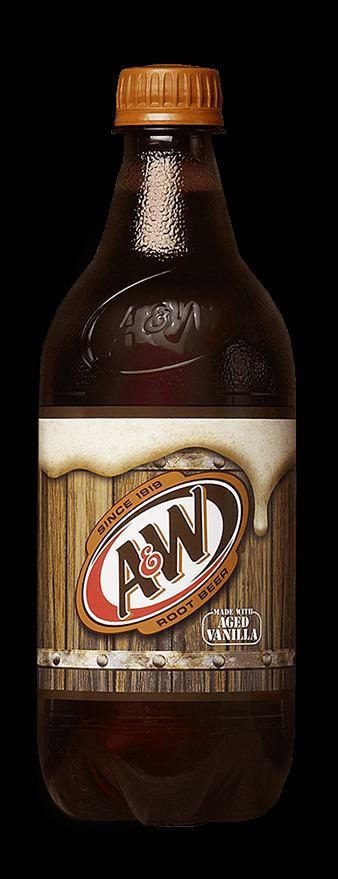
One traditional recipe for making root beer involves cooking a syrup from molasses and water, letting the syrup cool for three hours, and combining it with the root ingredients (including sassafras root, sassafras bark, and wintergreen). Yeast was added, and the beverage was left to ferment for 12 hours, after which it was strained and rebottled for secondary fermentation. This recipe usually resulted in a beverage of 2% alcohol or less, although the recipe could be modified to produce a more alcoholic beverage.
Ingredients
Commercial root beer is now produced in every U.S. state and in Canada. Although this beverage's popularity is greatest in North America, brands are produced in other countries, including Australia, the United Kingdom, Malaysia, Argentina, Germany, the Philippines, Singapore, Taiwan, South Korea, Indonesia, Sweden, Vietnam, and Thailand. The flavor of these beverages may vary from typical North American versions. While no standard recipe exists, the primary ingredients in modern rootbeer are filtered water, sugar, and artificial sassafras flavoring, which complements other flavors. Common flavorings are vanilla, wintergreen, cherry tree bark, licorice root, sarsaparilla root, nutmeg, acacia, anise, molasses, cinnamon, sweet birch, and honey. Soybean protein is sometimes used to create a foamy quality, and caramel coloring is used to make the beverage brown.
Ingredients in early and traditional root beers include allspice, birch bark, coriander, juniper, ginger, wintergreen, hops, burdock root, dandelion root, spikenard, pipsissewa, guaiacum chips, sarsaparilla, spicewood, wild cherry bark, yellow dock, prickly ash bark, sassafras root, vanilla beans, dog grass, molasses, and licorice. Many of these ingredients are still used in traditional and commercially produced root beer today, which is often thickened, foamed, or carbonated. Although most mainstream brands are caffeine-free, Barq's does contain caffeine.
Root beer can be made at home with processed extract obtained from a factory, or it can also be made from herbs and roots that have not yet been processed. Alcoholic and non-alcoholic traditional root beers make a thick and foamy head when poured, often enhanced by the addition of yucca extract, soybean protein, or other thickeners.
